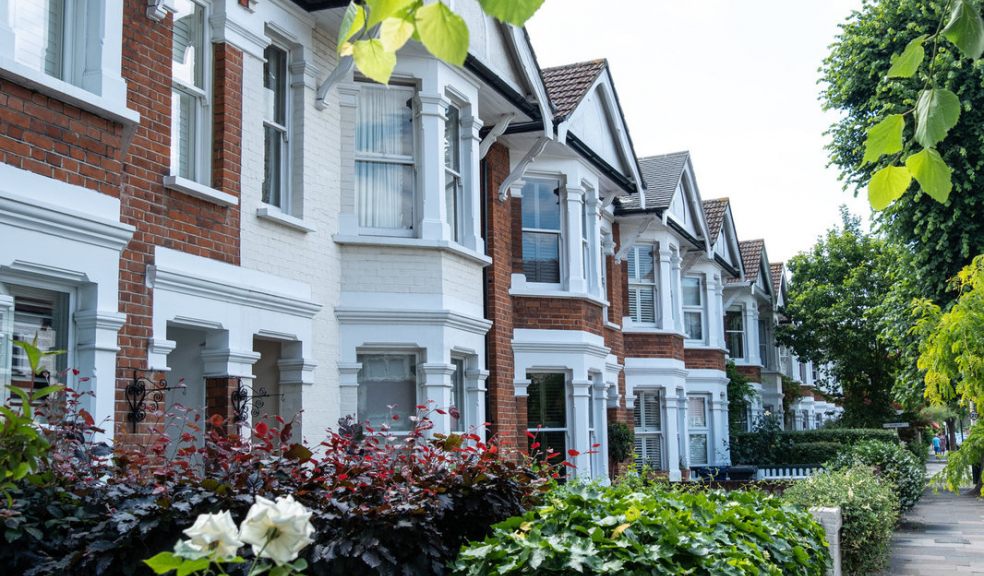
Stamp Duty Land Tax – 10 things you didn't know
It is estimated that £2bn a year is overpaid to HMRC due to mistakes and missed reliefs.
Buying a property can be an expensive business. There are many costs to pay, such as legal fees, estate-agent fees, mortgage set-up fees, valuations and surveys. One of the largest costs is likely to be Stamp Duty Land Tax (SDLT), a tax you pay when you buy a property or a piece of land in the UK. It’s always advisable to get some professional advice on what stamp duty relief maybe available. Below are 10 things you may not already know about SDLT:
1. The amount you pay depends on the chargeable consideration
For freehold properties, the amount of SDLT you pay depends on the chargeable consideration, this can be more than simply the purchase price of the property.
It can include;
Services provided in exchange
Transfer of debt (mortgages etc)
VAT (on commercial transactions)
2. Second homes and buy to lets are subject to higher-rate SDLT
If you buy a second home worth over £40,000, you'll pay an extra 3% SDLT on top of current band rates.
Second-home SDLT doesn't apply to commercial property, motorhomes, caravans and houseboats.
3. You can get a refund on higher-rate SDLT in certain circumstances
If you buy a new home without selling your old one, you'll pay the higher rate of SDLT because you own two properties. You can apply for a refund of the higher rate you paid if:
You sell your original home within three years, and
You claim within three months of the sale, or 12 months of the filing date of your stamp duty land tax return, whichever is later
4. First-time buyers can get relief
First-time buyers don't pay SDLT if they buy a property under £300,000. If you buy a property up to £500,000, you only pay SDLT on the first £200,000.
Properties costing more than £500,000 don't qualify for first-time buyer's relief, so you'll pay the standard rates of SDLT.
A first-time buyer is someone who:
Has never owned a residential property (including inherited properties)
Has never owned residential property abroad
5. Buying as a couple can impact SDLT
If you're buying a property jointly, both of you must be first-time buyers to qualify for first-time relief. And if you already own a property and don't sell it before buying jointly with someone, you will be charged the extra 3% higher rate.
6. Mixed-use properties can qualify for lower rates of SDLT
If your property is mixed use (e.g. part residential and part non-residential), it may qualify for a lower rate of SDLT and will not be subject to the surcharge. Mixed-use is defined as one that has both residential and non-residential elements – for example, a flat above a shop.
The rates for mixed-use properties are:
£150,000-£250,000 – 1%
£250,001-£500,000 – 3%
£500,001 and above – 4%
7. Dilapidated properties may qualify for lower rates
The higher residential rates only apply if the property is suitable for use as a dwelling.
A dilapidated property which is uninhabitable may qualify for lower commercial rates of SDLT and the higher rate surcharge would not apply.
8. HMRC reduced the amount of time you have to pay
You've now only got 14 days from the day you complete the purchase of your new home to pay your SDLT. You also need to file a Stamp Duty Land Tax (SDLT) return when you make the payment.
If you don't pay in the 14-day period, HMRC can fine you.
9. You are responsible for your SDLT
Even if your solicitor deals with your SDLT return, you are still responsible for it. You must check it's been submitted on time. And you may to submit an SDLT tax return when you buy a house even if you're not liable for any tax.
10. There are over 30 reliefs and exemptions to SDLT
You may be eligible for SDLT exemptions or relief if:
You buy multiple properties as part of a single transaction
A property is transferred to you in a divorce or separation
You get left property in a will
A seller agrees to a lower purchase price even though the property is worth over £125,000
You receive the property as a gift
The property is moveable – for example, a motorhome
SDLT was established in 2003 and has been the subject of more changes than any other piece of tax legislation in the UK. The complexities often catch out the most witting investor and can result in significant tax liabilities and penalties



















